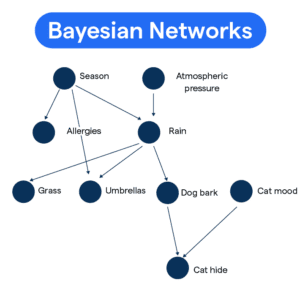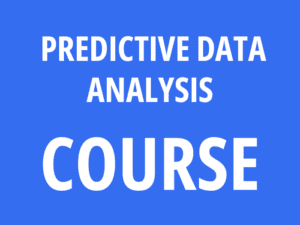“The more data we have, the more likely we are to drown in it.” —Nassim Taleb
In 2016, our consulting team arrived at NBN(Click Here) , determined to reduce construction cycle time. Armed with spreadsheets, algorithms, and the belief that data would guide us, we thought we were prepared. However, we misunderstood the company—not the people, not the processes, and not the decision-making structures.
Most importantly, we failed to engage with the team on the ground—the very individuals whose experiences shape the real flow of work. Without embracing their lived experiences and understanding the varied perspectives they offered, we relied solely on data and hoped for the best. It wasn’t enough.
Why Data-Driven decisions alone won’t save your business
Like many organizations, yours may rely heavily on data. Though data-driven decisions can be powerful, they capture only part of the picture. Overlooking the rich experiences of your team—their voices, perspectives, and values—ignores a key element of your business.
The human dimension
- Critical Voices: The people driving daily processes are as critical as the numbers on a spreadsheet.
- Vibrant Diversity: Ignoring this human dimension risks missing the vibrant diversity that makes your business unique.
We made that mistake. We added variable after variable—twenty-five, to be exact—believing we could “fix” things by focusing on the data alone. But in doing so, we ignored context, disregarded human stories, and overlooked the real decisions happening behind closed doors.
As Nassim Taleb aptly observed, “More data—like paying attention to the eye colors of people around you when crossing the street—can make you miss the big truck.” We drowned in variables, losing sight of the bigger picture.
The importance of Integrating Human Insights with Data
Does this sound familiar? Without understanding your people—their needs, choices, and the culture they create—you may swim in numbers but still find yourself far from a solution. If you’re relying on data without listening to your team’s on-the-ground experiences, you’re at risk of falling behind.
Thriving businesses
The businesses that truly thrive are the ones that integrate every perspective into their decision-making. I explore this topic in-depth in our AI-Driven Business Transformation Training Course (Link to course), where I provide strategies for avoiding this common pitfall.
You can’t fix what you don’t understand
At some point, we confronted an undeniable reality: we were solving a problem we didn’t fully grasp. Data alone wasn’t enough because we lacked true understanding.
Learn from our mistake
Success demands that you embrace diverse perspectives and recognize how different backgrounds—cultural, gendered, or community-driven—shape the way decisions are made.
- Witnessing Bureaucracy: Leading teams and navigating layers of corporate bureaucracy, I’ve seen how even great ideas can get bogged down by endless meetings and approvals.
- Value Every Voice: Just as communities thrive when every voice is heard, your business must value the input of all its people.
Overlooking this reality leads only to fragile solutions that crumble under pressure. Solving problems isn’t about throwing money or technology at the issue; it’s about getting to the heart of how your organization functions and grows together.
Building a Human-Centered, Data-informed business strategy
Then came the breakthrough: the solution wasn’t in more variables or more data. We needed to understand the heart and mind of the organization.
A knowledge system
What we needed was a clear map of the business—a knowledge system that welcomed everyone’s input, valued every voice, and captured the collective intelligence of the team.
Imagine a business where every perspective is valued and integrated into the decision-making process. This is where you come in.
- Create Inclusion: By building a system that listens to every voice, you can create a sustainable, resilient organization.
- Value Stories: It’s about inclusion, valuing stories, and ensuring that no one is left out.
By building the heart—and mind—of your business, you won’t just solve problems; you’ll create a future where your business thrives, grows, and adapts to any challenge.
Ready to build a future-proof, inclusive business strategy?
There’s no way to teach all of this in a blog post, which is why I’m offering one-on-one consulting sessions to help you build this powerful, inclusive system for your organization.
- Take Action: Let’s work together to ensure you don’t get left behind in the fast-paced digital landscape.
- Opportunity Awaits: The businesses that take action now will be the ones leading tomorrow.
Don’t miss out on this opportunity! Schedule your one-on-one consultation today and transform your organization with data and human insights.
.
Further links:
Further books:
- “The Tyranny of Metrics” by Jerry Z. Muller
Link :
- The Signal and the Noise: Why So Many Predictions Fail—but Some Don’t by Nate Silver
Link:
- Too Big to Ignore: The Business Case for Big Data” by Phil Simon
Link :
- Data-ism: The Revolution Transforming Decision Making, Consumer Behaviour, and Almost Everything Else by Steve Lohr








